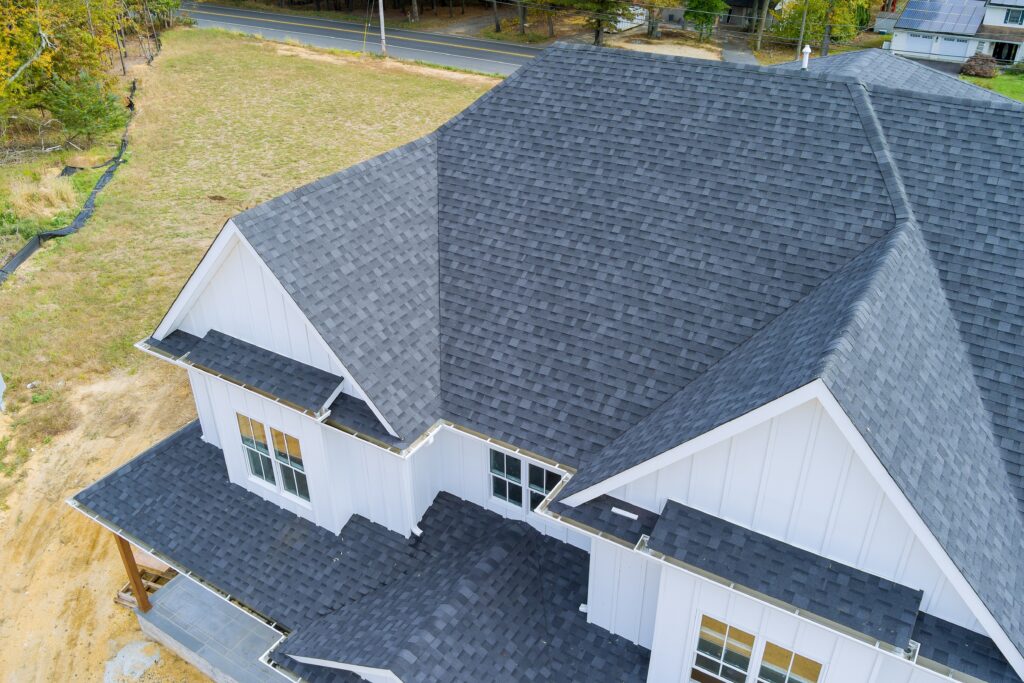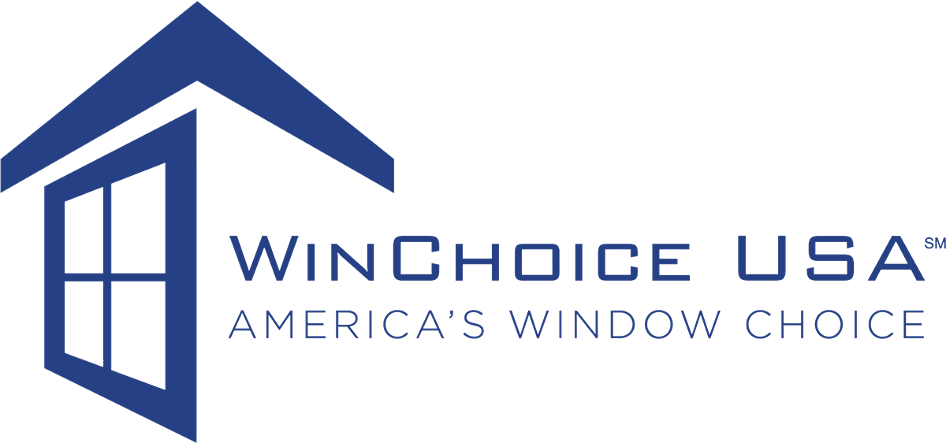Guide to Year Shingle Differences

*Updated August 13th, 2025
Selecting the right shingle lifespan is not just about how long the shingles will last. It’s about making a decision that aligns with your long-term homeownership goals, your budget, and your region’s climate.
A poor roofing shingle choice can lead to more frequent repairs, increased maintenance costs, and even a decline in your home’s value. On the other hand, choosing the right shingles can offer peace of mind, knowing that your roof is well-protected and that your investment is secure.
Homeowners often find themselves balancing various factors—cost, durability, aesthetic appeal, and long-term value—when choosing between 20-year shingles, a 30-year shingle, or a 50-year shingle. This guide aims to demystify the differences between 30-year and 50-year shingles, while also touching on the difference between 20-year and 30-year shingles, so you can understand what each offers and how to choose the best option for your needs.
Table of Contents
- What Are Shingles and Their Purpose?
- Key Differences Between 30-Year and 50-Year Shingles
- Aesthetic and Design Options
- Benefits of 30-Year Shingles
- Benefits of 50-Year Shingles
- Other Shingle Options to Consider
- Additional Roofing Resources
What Are Shingles and Their Purpose?
Shingles have been a staple in roof construction for centuries, evolving from simple wood shingles to the advanced asphalt shingles we see today. Historically, shingles were made from wood, slate, or clay—materials valued for both durability and aesthetics.
However, as technology advanced, the roofing industry introduced new roofing materials like asphalt, which provided a more affordable and versatile option for homeowners.
Modern asphalt shingle roof systems are designed to be durable, resistant to extreme weather, and available in a variety of styles and colors to suit any home.
The Role of Shingles in Home Protection
At their core, shingles are designed to shield your home from the elements. They prevent water infiltration, protect against wind damage, and reduce the impact of UV rays. Without them, your home’s roofing system would be vulnerable to water damage, mold, and decay.
They also impact energy efficiency—reflective shingle options can reduce heat absorption, helping your home stay cooler in the summer.
Common Lifespan Shingle Categories
The most common categories are 20-year shingles, 30-year shingles, 40-year shingles, and 50-year shingles. While these numbers suggest how long the shingles will last, actual performance depends on climate, installation, and maintenance.
- 20-Year Shingles: Affordable, good for short-term homeowners or budget-conscious projects.
- 30-Year Shingles: A balance of cost and durability, making them a top choice for many.
- 50-Year Shingles: Premium roofing shingles built for maximum longevity and protection.
Key Differences Between 30-Year Shingle and 50-Year Shingle
Durability
- 30-Year Shingles: Typically made from standard asphalt reinforced with fiberglass. Good lifespan in moderate climates but more vulnerable to wear and tear in extreme weather.
- 50-Year Shingles: Often architectural shingles or 50-year asphalt products, made from higher-grade materials, offering superior resistance and longevity.
Cost Comparison
- 30-Year Shingles: Lower shingles cost, making them budget-friendly.
- 50-Year Shingles: Higher initial cost, but fewer roof replacement needs over time.
Material Quality
- 30-Year Shingles: Standard asphalt shingle with moderate durability.
- 50-Year Shingles: May include 50-year architectural shingles, which are thicker and typically made from asphalt blends that improve performance.
Performance and Longevity
Different shingle types respond differently to climate stress:
- 30-Year Shingles: Best for mild climates; lifespan of 30-year shingles often falls short in harsh weather.
- 50-Year Shingles: Better for severe climates; can last the full 30 or 50 years with proper care.
Maintenance Practices
Regardless of shingle type, maintenance is essential:
- Clear debris from your roof regularly.
- Schedule inspections, especially for 20-year and 30-year shingles, which may need more frequent checks than 50-year shingles.
Aesthetic and Design Options
Both 30-year and 50-year shingles come in a variety of styles.
- 30-Year Shingles: Wide style and color range.
- 50-Year Shingles: More premium finishes that mimic wood shingles or slate.
Installation and Warranty Coverage
Installation
- 30-Year Shingles: Easier to install, often reducing labor costs.
- 50-Year Shingles: Heavier and may require more expertise from a roofing contractor.
Warranty
- 30-Year Shingles: Standard warranties with fewer extended benefits.
- 50-Year Shingles: Extended coverage, sometimes transferable if you sell your home.
Benefits of 30-Year Shingles
- Lower upfront price tag.
- Adequate durability for moderate climates.
- Great for those choosing between 30-year and 20-year shingles and leaning toward budget-friendliness.
Benefits of 50-Year Shingles
- Enhanced durability for extreme weather.
- Fewer roof replacements needed over decades.
- Environmentally beneficial due to less waste.
Other Shingle Options to Consider
- Architectural Shingles: Thicker, textured, and longer-lasting.
- Luxury Shingles: Mimic high-end materials with modern roofing materials.
FAQs
What is the difference between 20-year and 30-year shingles?
20-year shingles are thinner, less textured, and less durable than 30-year shingles.
Do 50-year shingles really last 50 years?
They can—if installed correctly and maintained.
Are 40-year shingles available?
Yes, they bridge the gap between 30-year shingles and 50-year shingles in durability and cost.
What shingle color lasts the longest?
Lighter colors last longer by reflecting sunlight.
Conclusion
Choosing between 20-year vs. 30-year shingles or 30-year vs. 50-year shingles depends on your budget, climate, and how long you plan to stay in your home. The main differences come down to durability, lifespan of your shingles, and differences in cost.
The right roofing materials, paired with a skilled roofer, will ensure that your home remains protected and beautiful for years to come.
Sources
Additional Roofing Resources
- Types of Roofing for Your Home
- Pros and Cons of Different Types of Shingles
- 10 Important Questions to Ask a Roofing Contractor
- Is a Metal Roof Cheaper than Shingles?

Anna has over six years of experience in the home services and journalism industries and serves as the Content Manager at MyHomePros.com, specializing in making complex home improvement topics like HVAC, roofing, and plumbing accessible to all. With a bachelor’s degree in journalism from Auburn University, she excels in crafting localized, comprehensive guides that cater to homeowners’ unique needs. Living on both coasts of the United States has equipped her with a distinctive perspective, fueling her passion for turning any house into a cherished home through informed, personalized decision-making.
Connect with top-rated local contractors who can help you with siding, roofing, HVAC, windows, and more. Get free quotes from verified professionals in your area today.








